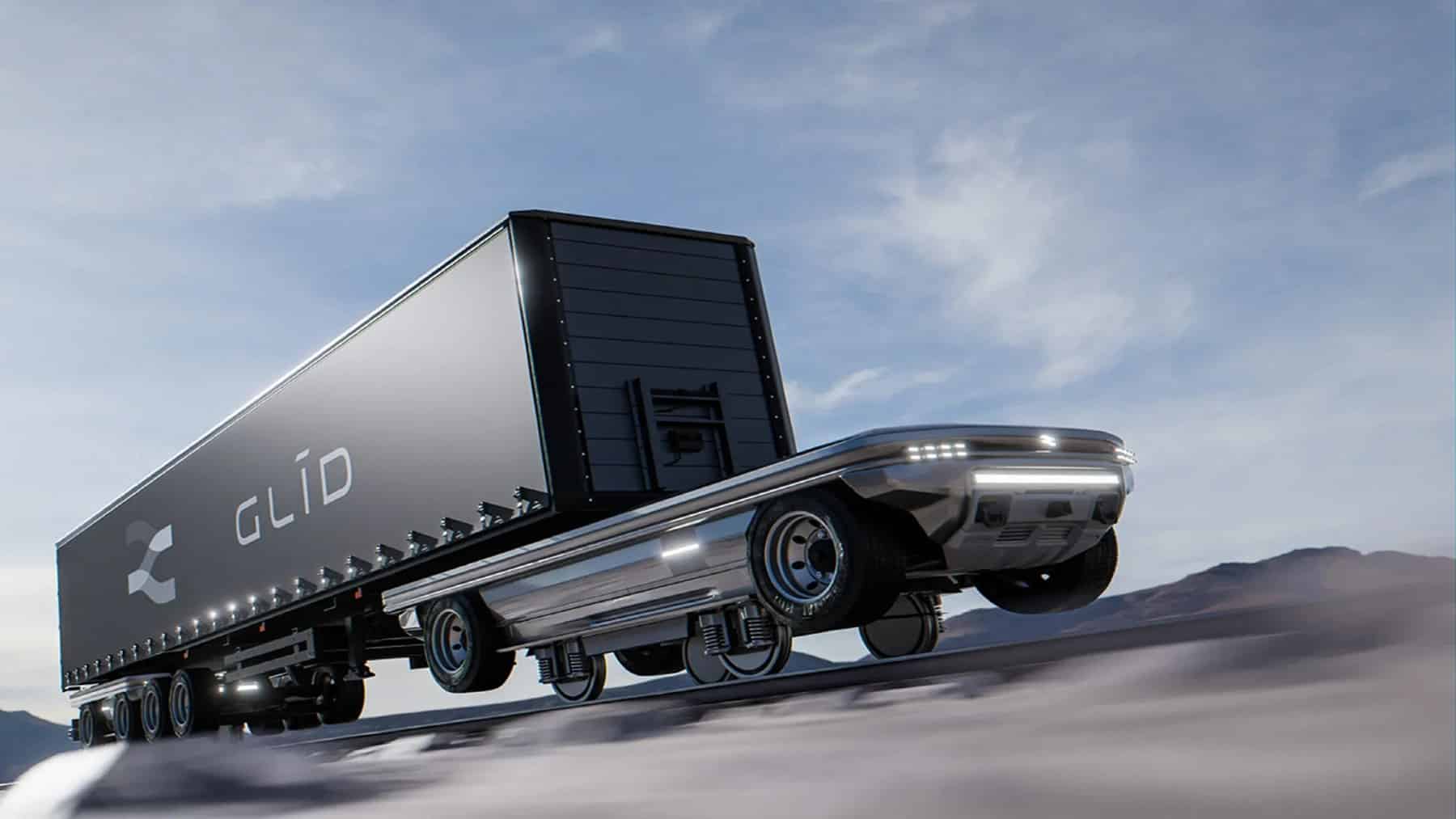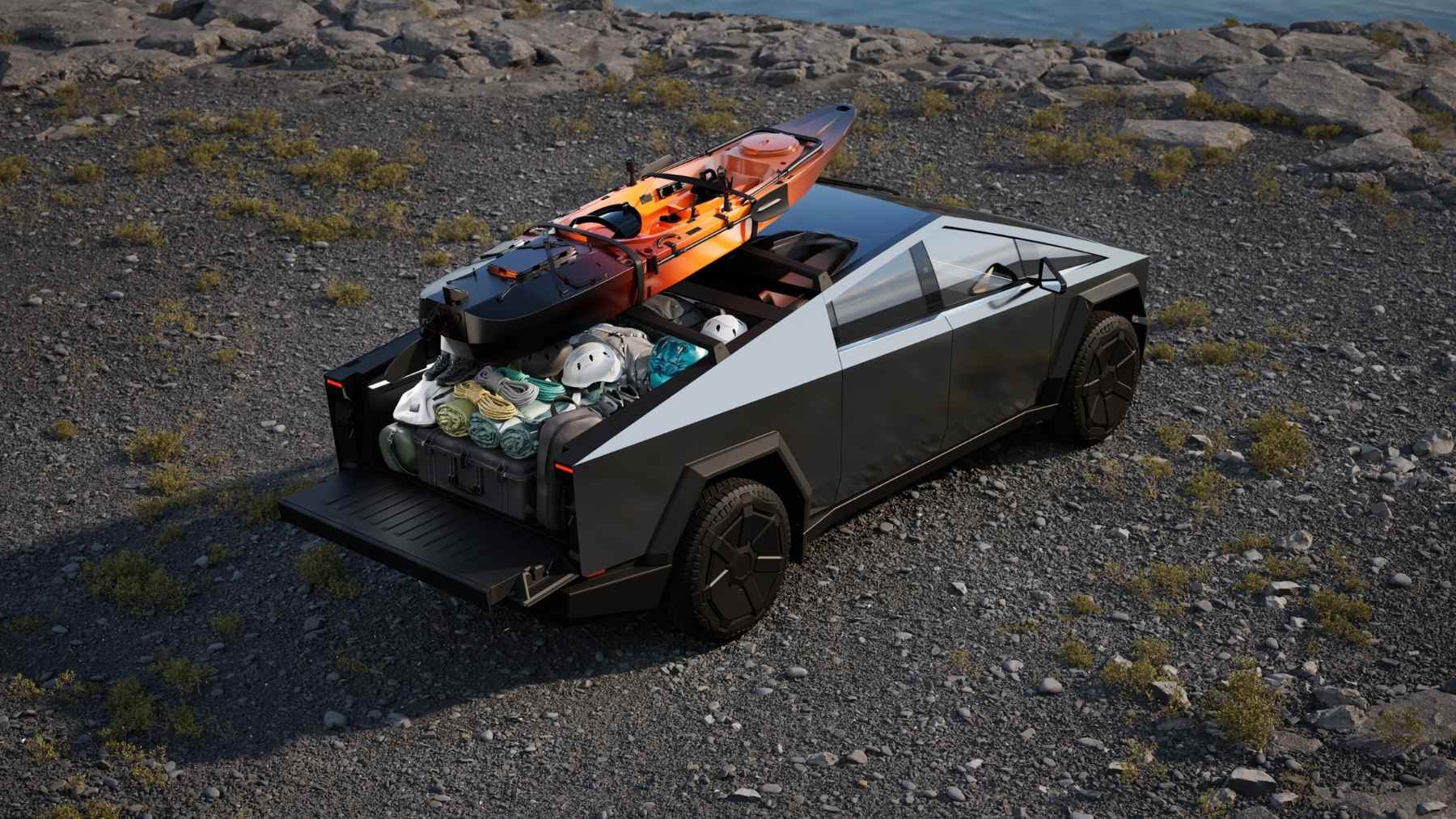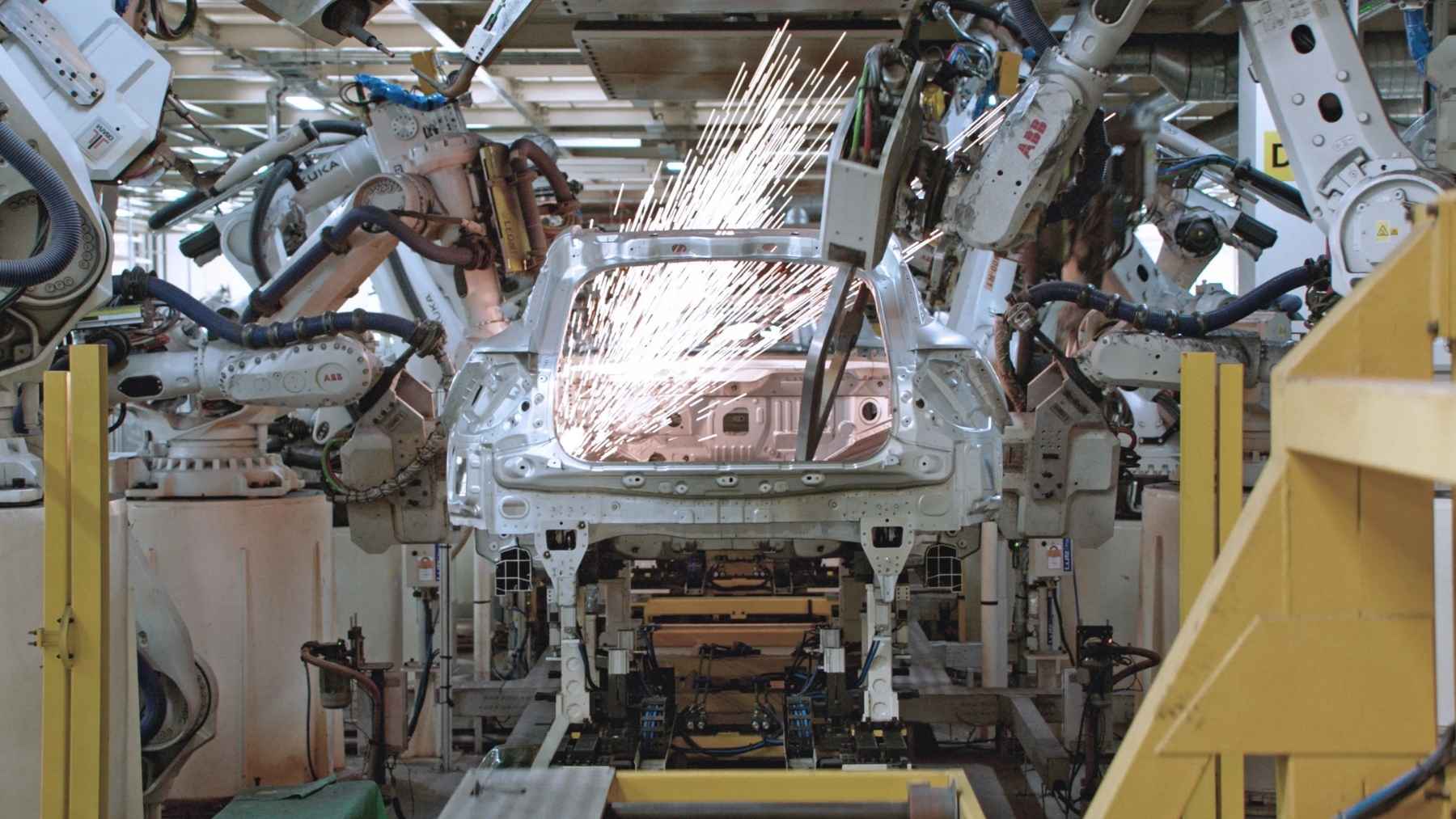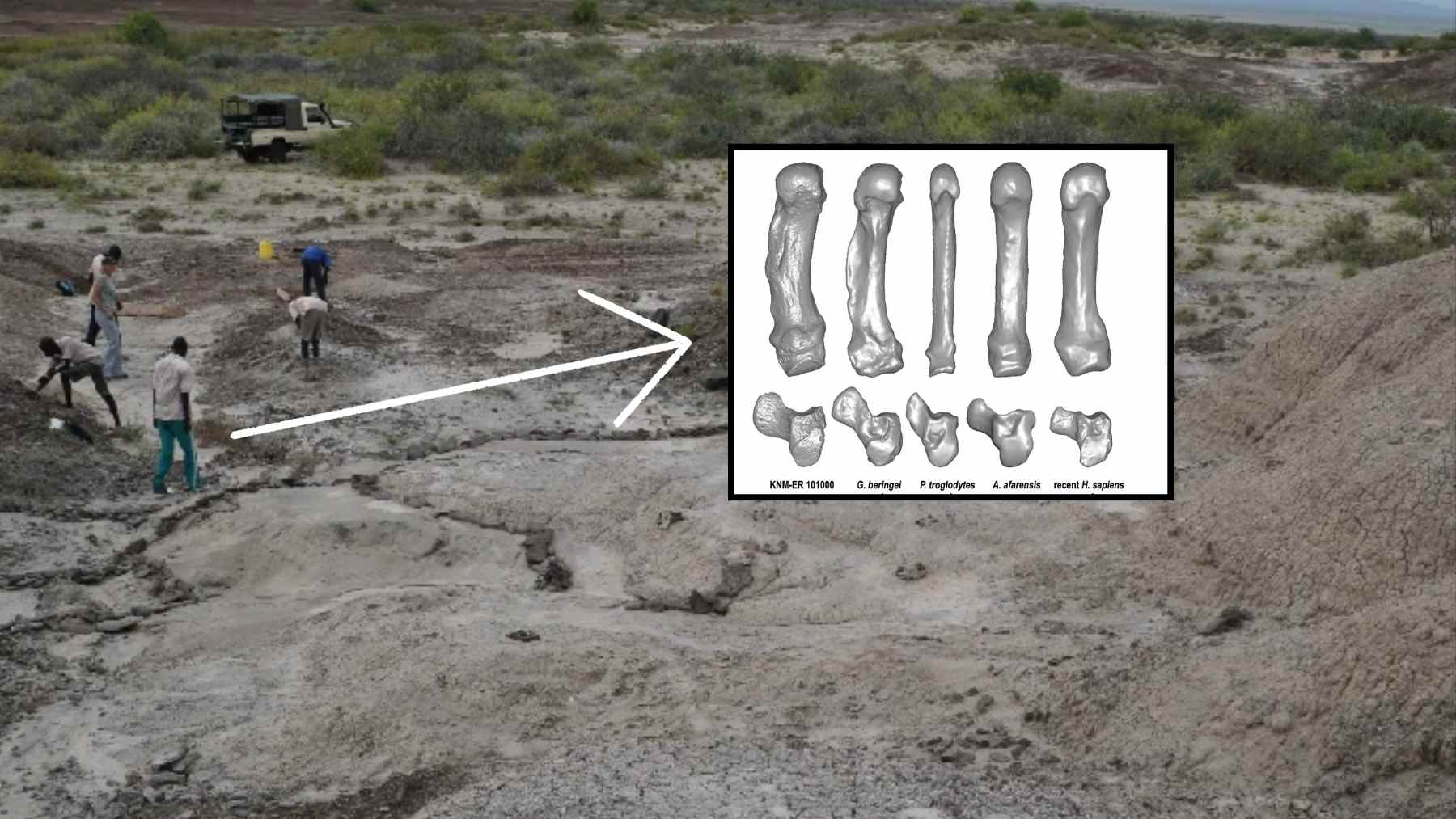Autonomous driving technologies for cars and trucks have long been the fascination of drivers and automobile consumers and producers alike. In the past decade, this technology has moved from being a thing of fiction to a reality, with technological developments from automobile manufacturers such as Tesla and BYD developing autonomous driving technologies, which, while still requiring driver supervision, are taking us one step closer to full self-driving vehicles. This technology has now also moved from passenger vehicles to the trucking industry.
Recent developments in the autonomous driving world
American electric vehicle company Tesla is the most well-known automobile company that has been developing autonomous driving technology. Currently, the company offers two autonomous driving technologies: Autopilot and Full Self-Driving (Supervised). Recently, Tesla has been under investigation by the National Highway Traffic Safety Administration (NHTSA) regarding road accidents involving the autonomous driving technology. Tesla has consistently reiterated that drivers still need to be alert and attentive on the road when using the technology:
“Autopilot and Full Self-Driving (Supervised) are intended for use with a fully attentive driver, who has their hands on the wheel and is prepared to take over at any moment. While these features are designed to become more capable over time, the currently enabled features do not make the vehicle autonomous,” states Tesla’s website.
Other automobile companies which have developed their own autonomous driving technologies include Chinese electric vehicle company BYD, a competitor of Tesla. Their autonomous driving technology dubbed “God’s Eye” is set to be automatically included in all of their vehicle’s through a tiered system, with more luxury vehicles including a more advanced autonomous system compared to their entry-level models.
Goodbye to truck drivers with this new technology
Not to be limited to passenger vehicles, trucks are also starting to incorporate autonomous driving technologies. Rail mobility developer Gild Technologies Corporation and Mendocino Railway, operator of the California Western Railroad (CWR)/Skunk Train, are collaborating to pilot an autonomous road-to-rail vehicle, dubbed the AR2RV (Autonomous Road-to-Rail Vehicle). In addition, they are also developing a hybrid technology road-to-rail vehicle to modernize the railway systems.
The vehicles are intended to be piloted and experimented with along the California Western Railroad, known as the Skunk Train Route, a 40-mile corridor that links Willits and Fort Bragg. The initiative is intended to see the potential Gild’s technology has for expansion to other parts of the US, with the overall objective of developing more sustainable mobility solutions for rail-transportation trucks that move shipping containers.
“This isn’t just about technology—it’s about legacy, opportunity, and transformation,” said Kevin Damoa, CEO of Glīd. “Mendocino Railway has preserved a critical regional lifeline. Together, we’re infusing it with a new purpose, deploying clean, intelligent freight mobility that can serve as a national model for short line rail innovation and rural economic development.”
Collaboration for a more sustainable world
The project between the two companies is an example of not only futuristic initiatives with the autonomous and hybrid technology, but is an example of how collaboration between stakeholders can prioritize public-private cooperation, local worker development, and community involvement. Should the pilot program be successful, it could become a national model for modernizing short-line train routes with more sustainable solutions.
As the world looks towards more sustainable solutions, the transportation industry has been particularly sensitive to developing more environmentally friendly technologies as part of broader climate goals and targets. While electrical engine solutions have been targeted as the best way forward towards sustainable solutions in the industry, other alternative engine solutions, such as hydrogen engines, have also been developed by automobile producers. This has been particularly true of Japanese automobile maker Toyota.














